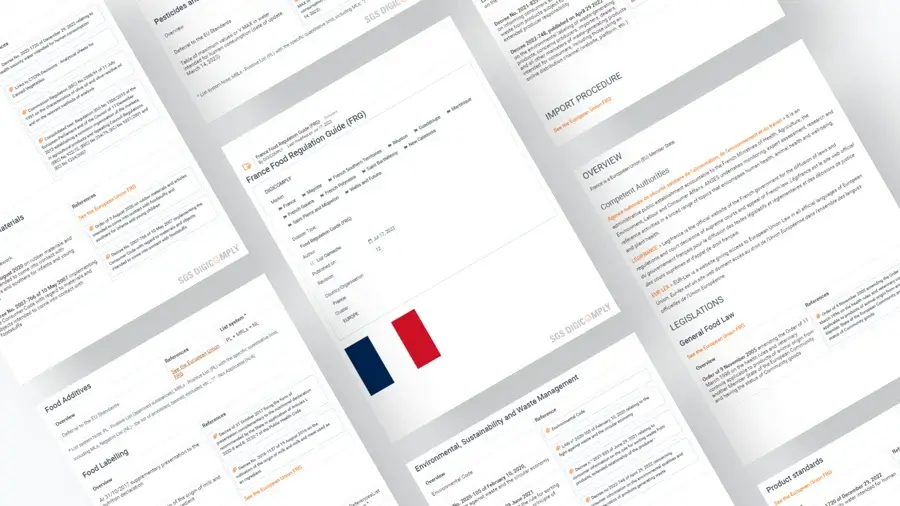What is Centers for Disease Control and Prevention (CDC)
The Centers for Disease Control and Prevention (CDC), established in 1946, is a national public health agency in the United States, headquartered in Atlanta, Georgia. As a component of the Department of Health and Human Services (HHS), the CDC is primarily tasked with protecting public health and safety through the control and prevention of disease, injury, and disability. Its mission encompasses a broad spectrum of health-related initiatives, including the surveillance of infectious diseases, the promotion of health education, and the management of health-related emergencies.
Historical Context and Evolution
Initially created to combat malaria, the CDC has evolved to address a vast array of health threats, including chronic diseases, environmental health issues, and bioterrorism. Over the decades, the agency has expanded its focus to include food safety, which has become increasingly important in the context of a globalized food supply chain.
The CDC's Role in Food Safety
The CDC plays a pivotal role in ensuring food safety through a multi-faceted approach that includes:
- Surveillance: The CDC monitors foodborne illnesses through its Foodborne Disease Surveillance System, which collects data from various states to identify outbreaks and trends.
- Research: The agency conducts extensive research to understand the causes of foodborne illnesses and to develop strategies for prevention.
- Education and Outreach: The CDC provides resources and training for food industry professionals, health care providers, and the general public to raise awareness about food safety practices.
- Collaboration: The CDC collaborates with other federal agencies, such as the Food and Drug Administration (FDA) and the United States Department of Agriculture (USDA), to develop comprehensive food safety policies.
Impact on the Food Industry
The influence of the CDC on the food industry is profound, encompassing various aspects of food production, distribution, and consumption. Key areas of impact include:
1. Regulatory Framework
The CDC’s research and surveillance data inform regulatory policies that govern food safety standards. By identifying pathogens and the foods associated with outbreaks, the agency helps shape regulations that aim to minimize risks in food production environments.
2. Outbreak Response
In the event of a foodborne illness outbreak, the CDC leads investigations to trace the source and implement measures to control the spread. This includes:
- Identifying affected products.
- Issuing recalls.
- Implementing public health advisories.
Such actions not only protect public health but also hold significant implications for the food industry, affecting everything from consumer confidence to financial stability.
3. Best Practices and Guidelines
The CDC develops and disseminates best practices for food safety, which industry stakeholders are encouraged to adopt. These guidelines cover a range of topics, including:
- Safe food handling techniques.
- Proper cooking temperatures.
- Cross-contamination prevention.
Adherence to these practices is vital for reducing the incidence of foodborne illnesses, thereby safeguarding both consumers and businesses.
4. Public Health Campaigns
The CDC also engages in public health campaigns aimed at educating consumers about food safety. Initiatives such as the Fight BAC! campaign provide resources focused on four key food safety principles: Clean, Separate, Cook, and Chill. These campaigns empower consumers to make safer food choices, indirectly influencing the food industry's practices as consumer demand shifts towards safer products.
Challenges and Future Directions
Despite the CDC's extensive efforts, challenges in food safety persist. The global food supply chain complicates monitoring and regulation, as pathogens can be introduced at any stage—from farm to table. Furthermore, emerging food trends, such as the increasing popularity of raw and minimally processed foods, present new risks.
Looking ahead, the CDC aims to enhance its surveillance capabilities through advanced technologies, such as genomic sequencing, to better identify and respond to foodborne pathogens. Additionally, fostering collaboration with international health organizations will be crucial as global trade continues to expand.
Conclusion
The Centers for Disease Control and Prevention (CDC) is instrumental in shaping food safety policies and practices within the food industry. Through its comprehensive approach to surveillance, research, and education, the CDC not only protects public health but also influences industry standards and consumer behavior. As the food landscape continues to evolve, the CDC's role will remain vital in ensuring that safety remains a priority, thereby fostering a healthier society.





